Article: What Is a CPAP Machine? How It Works, Who It Helps, and How to Succeed With Therapy
What Is a CPAP Machine? How It Works, Who It Helps, and How to Succeed With Therapy
The Complete Guide to CPAP Machines
Quick Take
-
CPAP = Continuous Positive Airway Pressure. It gently pressurizes room air to keep your throat from collapsing while you sleep.
-
Who it helps: Primarily people with obstructive sleep apnea (OSA); sometimes used for snoring or upper-airway resistance syndrome as directed by a clinician.
-
Results you can feel: Better sleep quality, less daytime sleepiness, improved blood pressure in many patients, and reduced cardiovascular risk when used consistently.
-
Success hinges on: The right mask and fit, proper humidity/temperature, helpful pressure settings (fixed CPAP vs auto-adjusting APAP), and supportive coaching.
What Is a CPAP Machine?
A CPAP machine is a small bedside device that blows a continuous stream of pressurized room air through a tube and mask to splint the upper airway open during sleep. In obstructive sleep apnea, the soft tissues of the throat collapse repeatedly, causing airflow to stop (apneas) or nearly stop (hypopneas). CPAP applies just enough pressure to prevent the collapse, restoring normal breathing and oxygen levels.
Key components:
-
Blower + pressure sensor: Maintains your prescribed pressure (e.g., 8 cm H₂O).
-
Algorithm (for APAP): Continuously analyzes your breathing to gently raise or lower pressure within a prescribed range to prevent events.
-
Humidifier (optional or integrated): Adds moisture and warmth to reduce dryness and congestion.
-
Heated tubing (optional): Helps maintain temperature and reduce condensation (“rainout”).
-
Mask + headgear: Delivers air comfortably and seals to your face.
-
Filters: Keep dust and particles out of the airflow and device.
-
Data + connectivity: Tracks usage, leak, AHI (apnea-hypopnea index), and more for you and your clinician.
CPAP vs. APAP vs. BiLevel: What’s the Difference?
-
Fixed-pressure CPAP: Delivers one constant pressure all night. Great when your optimal pressure is well-defined and stable.
-
APAP (Auto-CPAP): Uses an algorithm to adjust pressure breath-by-breath within a prescribed range (e.g., 6–10 cm H₂O). This can improve comfort through changing sleep stages, positions, or seasonal congestion.
-
BiLevel (BiPAP/BPAP): Provides two pressures—a higher one when you breathe in (IPAP) and a lower one when you breathe out (EPAP). It’s usually reserved for specific indications (e.g., certain hypoventilation conditions) and requires a clinician’s prescription that specifies when BiLevel is appropriate.
On uscpap.com, we prioritize CPAP and APAP for obstructive sleep apnea unless your sleep physician specifies BiLevel for a medical reason.
Mask Types (and How to Choose One That Works)
Finding your mask is often the most important step toward comfort and success.
-
Nasal pillow masks
-
Best for: Minimalists, side sleepers, and people without significant nasal blockage.
-
Seal location: Nostril openings with soft pillow cushions.
-
Pros: Lightest feel, great for reading/glasses.
-
Watch-outs: Can be tricky with chronic congestion; sizing matters.
-
-
Nasal cradle or nasal mask
-
Best for: Most users who breathe primarily through the nose.
-
Seal location: Under or around the nose.
-
Pros: Comfortable balance of stability and minimal bulk.
-
Watch-outs: Mouth opening during sleep can cause leak—consider a soft chin support if recommended by your clinician.
-
-
Full face mask (nose + mouth)
-
Best for: Mouth breathers, chronic nasal obstruction, or significant allergies.
-
Seal location: Around nose and mouth.
-
Pros: Stays effective even if you open your mouth.
-
Watch-outs: Slightly heavier; correct sizing and cushion style are crucial.
-
Fit fundamentals
-
Fit while lying down with the machine running at pressure.
-
Start with looser straps; let air pressure inflate the cushion to seal—don’t overtighten.
-
Address leaks at the eyes (often a size or positioning issue).
-
Replace cushions as they soften over time for a reliable seal.
Humidification, Heated Tubing, and “Rainout”
Dry air can irritate the nose and throat. Integrated humidifiers add moisture; heated tubing helps keep the air warm all the way to your mask.
-
Symptoms of too little humidity: Dry mouth/nose, sore throat, nosebleeds, or congestion.
-
Symptoms of too much humidity: Water droplets in the mask (“rainout”), dampness, and gurgling.
-
Tuning tips:
-
Increase humidity if you’re dry; decrease if you get rainout.
-
Use a heated hose and keep your bedroom a touch warmer to reduce condensation.
-
If you wake with dryness despite a full face mask, review mouth leak and humidity together.
-
Pressure Relief, Ramping, and Comfort Features
Modern devices include features that make therapy feel more natural:
-
Ramp: Starts at a lower pressure and gradually builds to your prescribed level as you fall asleep.
-
Exhalation relief (EPR/C-Flex/A-Flex, brand-dependent): Briefly reduces pressure during exhalation to ease breathing out.
-
Auto-on/auto-off: Starts when you breathe in; stops when the mask is removed.
-
Quiet motors + diffusers: Help you and your bed partner sleep more peacefully.
-
Smart algorithms (APAP): Nudge pressure gently when snoring, flow limitation, or apneas show up.
Data, AHI, and Compliance
Your machine tracks key metrics:
-
Usage hours: Most insurers define compliance as ≥4 hours/night on ≥70% of nights in a 30-day window (your plan may vary).
-
AHI (apnea-hypopnea index): Events per hour while using CPAP; the target is typically <5 with good symptom control.
-
Leak: Excess leak can degrade therapy; your RT can help troubleshoot.
-
Snore and flow limitation: Some devices show these trends to guide adjustments.
At USCPAP.com (part of USA Medical Supply), our licensed respiratory therapists help you interpret data, address leaks, and coordinate with your prescriber when changes are warranted.
Benefits You Can Expect With Consistent Use
-
Daytime: Less sleepiness and brain fog; steadier mood and concentration.
-
Cardiometabolic: Improved blood pressure control in many patients; lower cardiovascular risk with long-term adherence noted in clinical literature.
-
Bed partner relief: Less snoring and gasping sounds at night.
-
Safety: Reduced risk of drowsy driving and performance errors.
Common Side Effects—and How to Fix Them
-
Dryness or sore throat: Increase humidity, consider a heated hose, verify mask type, hydrate before bed.
-
Nasal congestion or runny nose: Try humidity up or down (everyone’s nose is different), saline rinses, and allergy management per your clinician.
-
Aerophagia (swallowing air): Check pressure range with your clinician; consider APAP with careful minimum/maximum pressures and address mask leaks that force you to mouth-breathe.
-
Skin irritation or pressure marks: Refit your mask looser with air flowing; consider alternate cushion styles or fabric liners.
-
Claustrophobia: Start with short “desensitization” sessions while awake, then naps, then full nights. Nasal pillow masks often feel least confining.
-
Noise: Modern devices are quiet; if you hear whooshing, it’s often leak—refit the mask and inspect the hose.
Cleaning and Maintenance (Keep It Simple, Keep It Safe)
-
Daily (quick): Wipe or rinse the mask cushion; allow to air-dry.
-
Weekly: Wash mask, headgear, and tubing in warm, mild soapy water; rinse thoroughly; air-dry away from direct sun.
-
Humidifier chamber: Empty daily; refill with distilled water; clean weekly.
-
Filters: Check monthly; replace per manufacturer guidance or sooner if dirty.
Important: We recommend manufacturer-approved cleaning methods. Avoid ozone gas or UV devices that aren’t approved by your device’s manufacturer.
Replacement schedule (typical ranges, check your plan):
-
Nasal pillow or cushion: ~1–3 months (or when sealing worsens)
-
Headgear: ~6 months (or when it stretches)
-
Standard tubing: ~3–6 months (inspect for soft spots or discoloration)
-
Filters: monthly or as needed
USCPAP.com can help you track resupplies without over-ordering—our therapists focus on comfort, fit, and longevity.
Travel With CPAP: Easy Wins
-
Medical device: CPAP is generally allowed to carry on; use a protective case.
-
Universal power: Most modern devices have global power supplies; check your plug adapter needs.
-
Portable battery: Great for camping or power outages; select a battery designed for your model.
-
Distilled water hacks: If you can’t get it for a night or two, run the humidifier in pass-over mode or off and hydrate—resume standard use when available.
-
Documentation: Keep a copy of your prescription and a brief physician note if you travel internationally.
Getting a CPAP: Prescription, Set-Up, and Support
Because CPAP is a prescription device, you’ll need:
-
Diagnosis of sleep apnea (usually via home sleep test or lab study).
-
Prescription specifying CPAP or APAP pressure(s) and supplies.
How to send us your Rx (USCPAP.com):
-
Text: (413) 200-4191
-
Email: info@usamedicalsupply.com
-
Fax: (413) 732-2238
We will not ship without a valid prescription.
What happens next
-
Our licensed respiratory therapists guide mask selection, fit, humidity settings, and feature setup.
-
We offer VIP Pricing with account signup, plus live text and phone support from real RTs.
-
We stand behind your therapy with education, troubleshooting, and resupply guidance.
CPAP vs. Oral Appliances vs. Surgery
-
Oral appliances (mandibular advancement) can help mild–moderate OSA or those intolerant of CPAP; they require dental fitting and follow-up sleep testing to verify efficacy.
-
Surgery (various upper-airway procedures, including hypoglossal nerve stimulation for selected patients) is reserved for specific anatomical or tolerance scenarios.
-
Why CPAP is first-line: It’s non-invasive, highly effective across severities, adjustable, and immediately reversible—stop the air, and the effect stops.
Achieving Long-Term Success: A Simple Framework
-
Pick the right mask (fit with air on; don’t overtighten).
-
Tune humidity + temperature (reduce dryness and rainout).
-
Use it every sleep episode (naps count).
-
Watch AHI and leaks (aim AHI <5; fix leaks early).
-
Work with an RT/clinician (pressure ranges, allergies, weight changes).
-
Refresh supplies before comfort problems sabotage your progress.
-
Lifestyle: Weight management, nasal care, and sleep position can all help.
Why Buy From USCPAP.com (Part of USA Medical Supply)
-
Real clinical support: Three licensed respiratory therapists on staff for setups and ongoing care.
-
VIP Pricing with account signup and easy, secure shopping.
-
Live help: Text (413) 200-4191 or call (413) 733-7843 for human support.
-
Walk-in retail location: 1779 Riverdale Street, West Springfield, MA 01089.
-
Selection you can trust: We focus on proven, brand-name CPAP supplies and accessories.
-
Warranty & service: We support manufacturer warranties; for many accessories we offer a 90-day warranty for manufacturing defects (not wear and tear or user error).
-
Ethical standards: We verify prescriptions and educate users rather than pushing unnecessary resupplies.
Frequently Asked Questions
Is CPAP loud?
Modern devices are extremely quiet; most noise comes from mask leaks rather than the machine itself.
What if I can’t breathe out against the pressure?
Enable exhalation relief (brand-specific). If needed, your clinician can adjust your APAP range or consider alternative modalities.
My nose is clogged. Can I still use CPAP?
Yes—optimize humidity, consider a full face mask, and manage allergies per clinician advice. Many people do well once humidity is dialed in.
Will I need CPAP forever?
OSA is often chronic, but its severity can change with weight, anatomy, and health factors. Your clinician may retest you if things change; never stop therapy without medical guidance.
Can CPAP cure snoring?
CPAP typically eliminates snoring by stabilizing the airway—an added bonus for partners.
What about power outages?
Consider a model-compatible battery or talk with us about backup options. If you frequently lose power, a plan matters.
How to Get Started Today
-
Upload or send your prescription (text, email, or fax—see above).
-
Choose your device and mask with therapist guidance.
-
Set humidity + comfort features during a virtual or in-store fit.
-
Track your progress with connected data and follow-ups.
-
Sleep better—and keep it going with smart resupplies when needed.
If you have questions at any point, message our team—you’ll reach licensed RTs who use and set up these devices every day.
Bibliography
(General references for further reading; we intentionally avoid in-text citations for readability while still grounding this guide in authoritative sources.)
-
American Academy of Sleep Medicine (AASM). Clinical Practice Guideline for the Treatment of Obstructive Sleep Apnea in Adults. Latest guideline updates and patient resources.
-
National Heart, Lung, and Blood Institute (NHLBI), NIH. Sleep Apnea — overview of causes, risks, and treatments.
-
American Thoracic Society (ATS). Patient Information Series: Obstructive Sleep Apnea and CPAP — easy-to-understand sheets on therapy and equipment.
-
Mayo Clinic. Obstructive Sleep Apnea — Diagnosis and Treatment — accessible clinical overview for patients.
-
Cochrane Library. Continuous Positive Airway Pressure (CPAP) for Obstructive Sleep Apnea in Adults — systematic reviews summarizing evidence on outcomes and adherence.
-
The American Journal of Medicine. Review Articles on Obstructive Sleep Apnea and Cardiometabolic Risk — peer-reviewed discussions of CPAP’s impact on blood pressure and cardiovascular markers.
-
U.S. Food & Drug Administration (FDA). Information About Home-Use CPAP Cleaning Devices — safety considerations for ozone/UV cleaning products.
-
American Academy of Dental Sleep Medicine (AADSM). Clinical Practice Guideline for Oral Appliance Therapy — alternative therapies for selected patients.
-
ResMed, Fisher & Paykel Healthcare, React Health. Device and Mask User Guides — official operating and maintenance instructions for specific models and cushions.
-
Centers for Disease Control and Prevention (CDC). Drowsy Driving: Asleep at the Wheel — public health insights related to untreated sleep disorders.

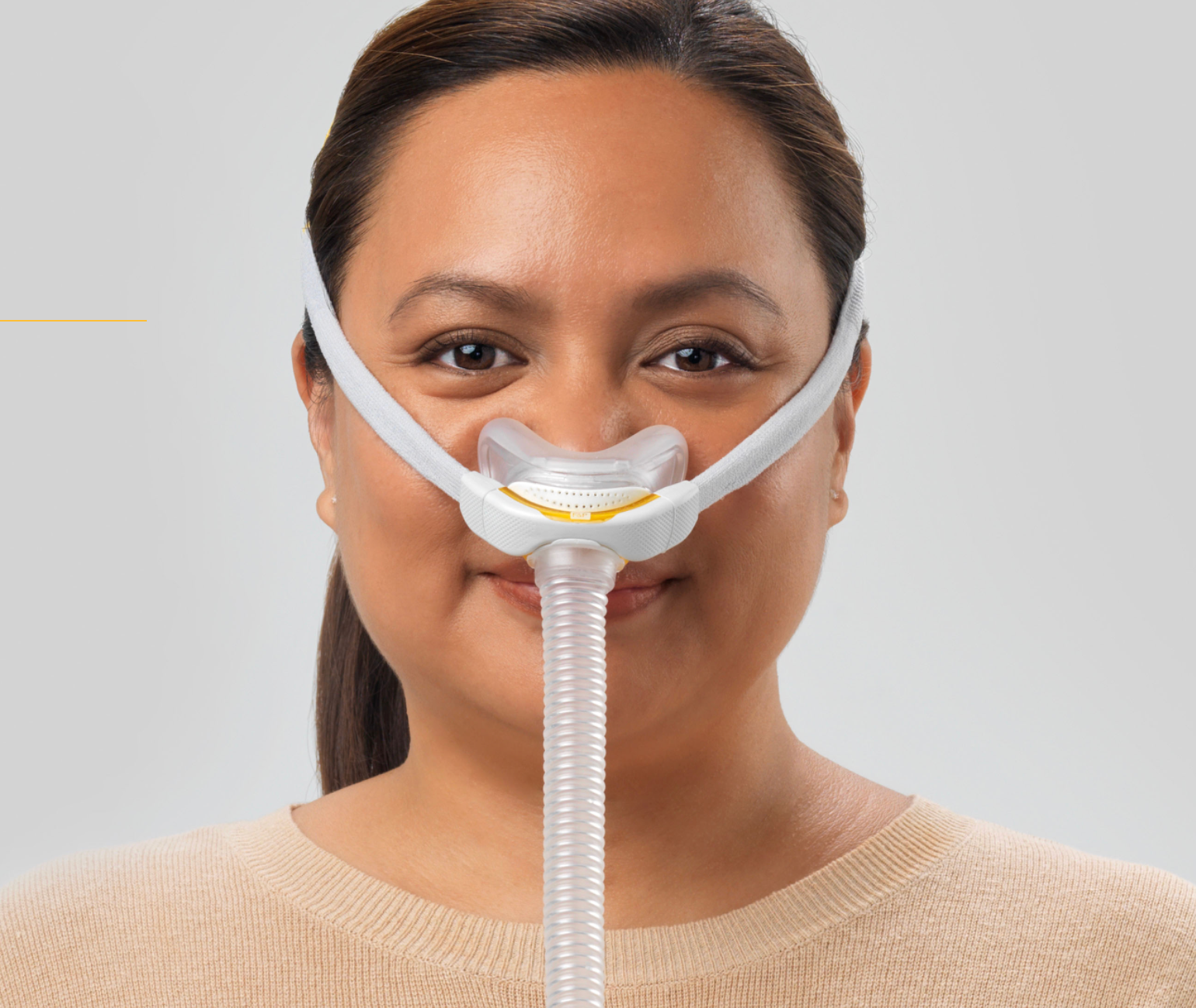
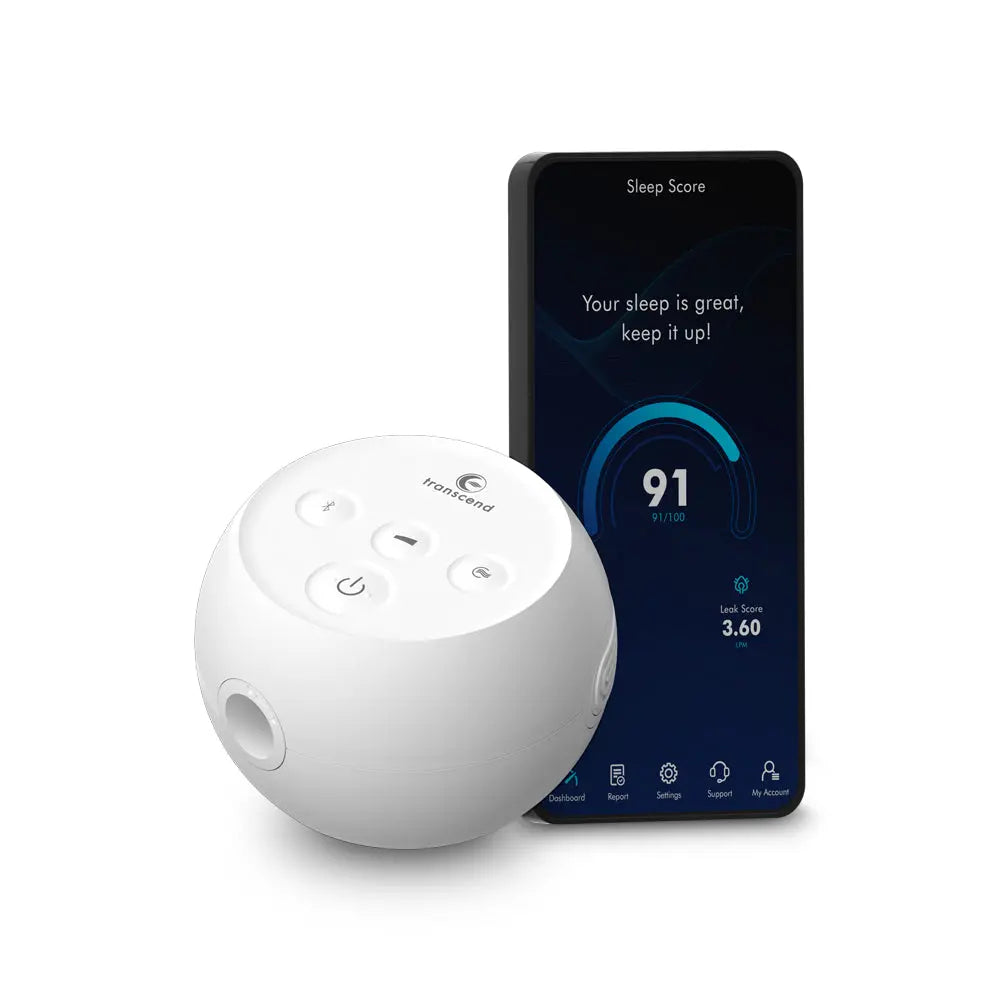
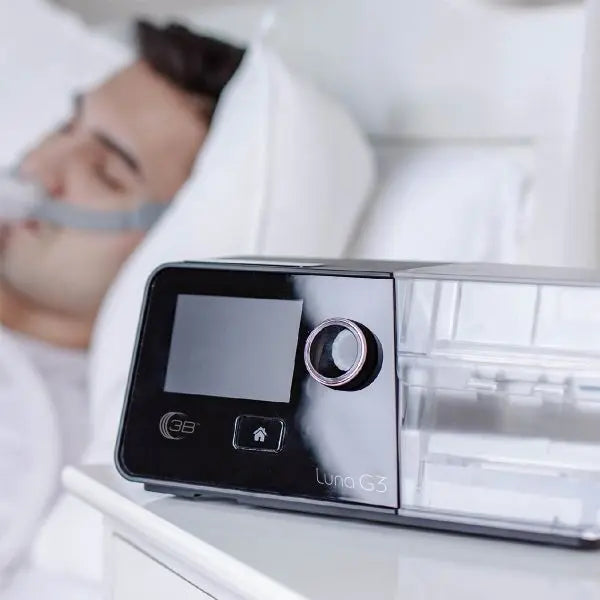
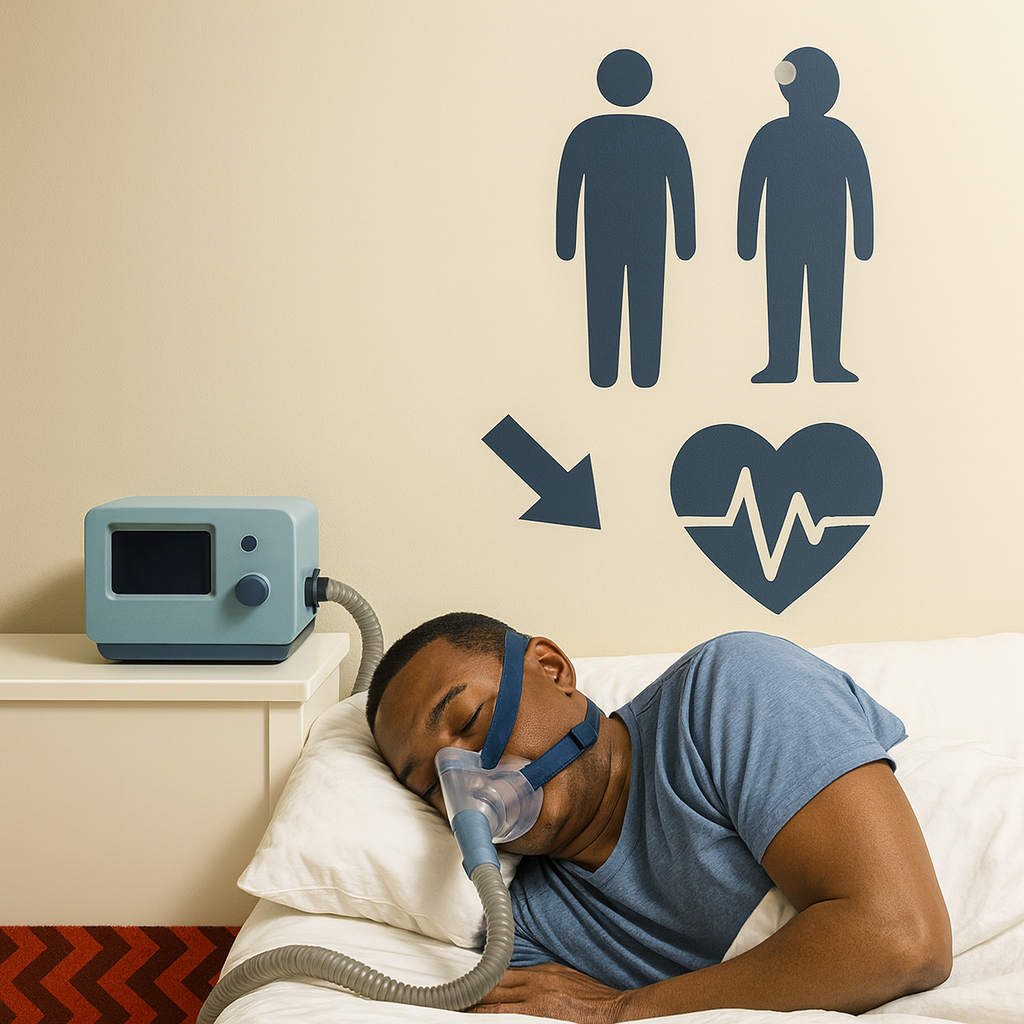



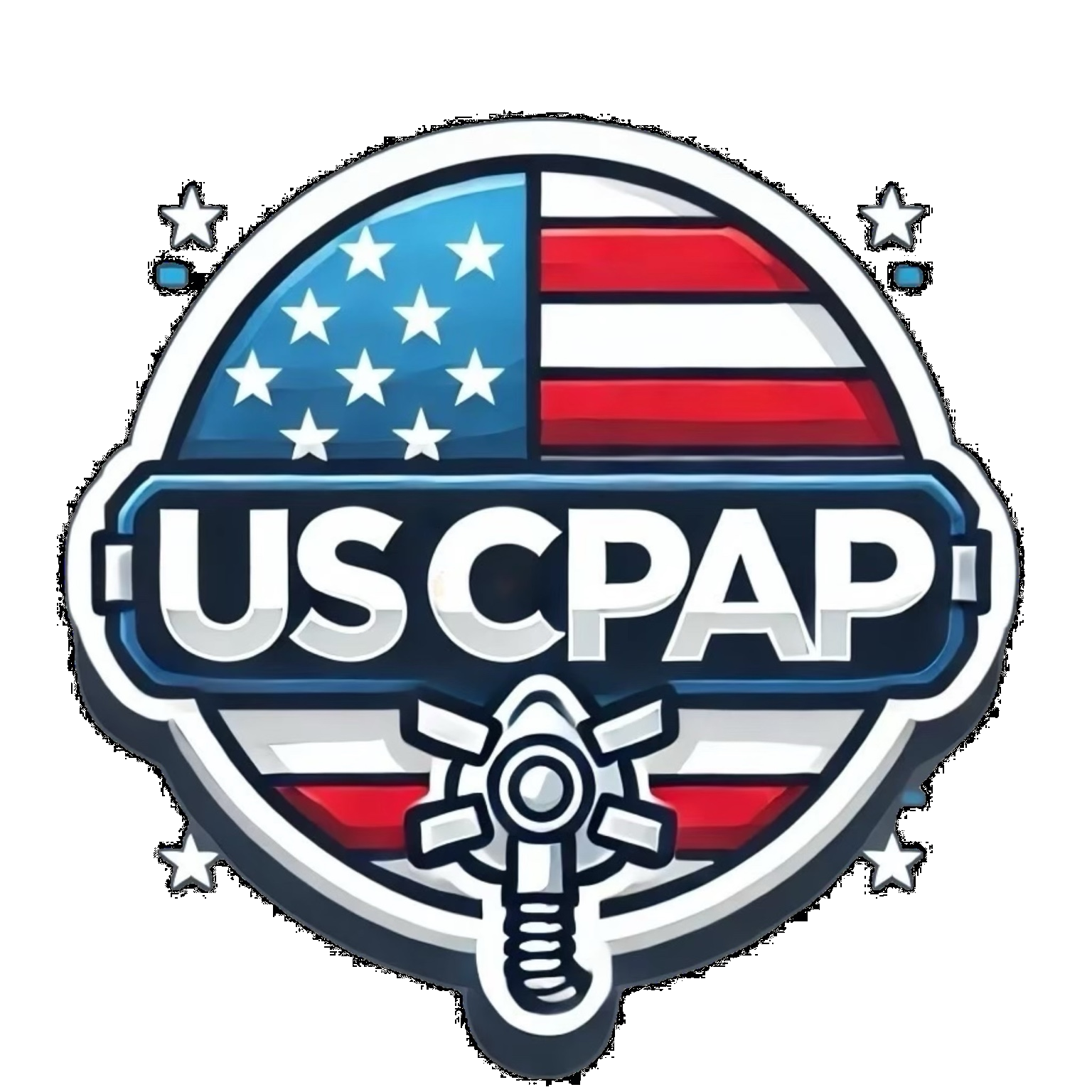
Leave a comment
This site is protected by hCaptcha and the hCaptcha Privacy Policy and Terms of Service apply.